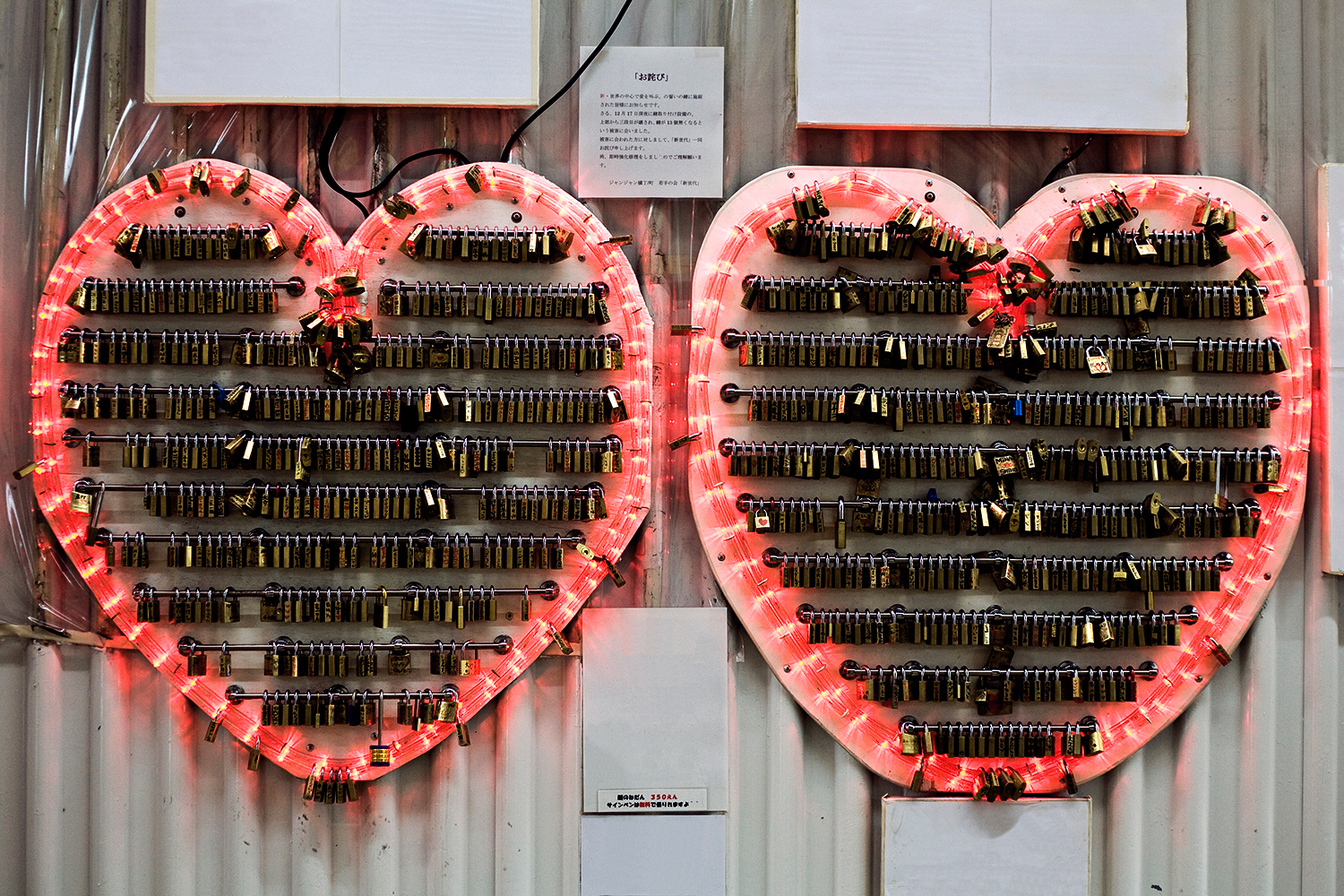
Joseph Maida, an American photographer who has been working on a Japan-based project since 2007, was in a department store in Kyoto when he first saw the little plastic miniatures of Western consumer goods. The toys sparked nostalgia but were clearly not the product of his own culture. “On the surface they seem completely Western,” he says, “but at their core they’re actually based on something Japanese.”
That collision formed the basis for his ongoing project, selections from which are featured in the gallery above. The series, Dream Factory, is his take on how Western culture is filtered through Japanese culture. The simplest example of the phenomenon, he says, is in the country’s food, where a dish can look like hamburgers or spaghetti but cater to the taste buds of a Japanese palate. Other instances, such as the scene of a woman playing a keyboard in what looks like a glass bubble (shown above), are subtler, as they require the viewer to think about a Japanese instrument based on a European instrument, played during a Japanese winter festival that uses Western ideas of what a “winter wonderland” should look like.
And another example will be on view tomorrow, March 14, when, all across Japan, men will present women with gifts: chocolates, candies, lingerie. That’s because tomorrow is White Day, a Japanese holiday that exists to counterbalance Valentine’s Day, celebrated a month earlier. First women give, then men give. First red, then white. First one gift and then another. Both Valentine’s Day and White Day are widely observed in relationships of both romance and respect, with distinction made between gifts of love and gifts of obligation. It’s a particularly Japanese twist on the common February holiday that was imported from the West, a way to make America’s Hallmark holiday fit in with the Japanese concept of Okaeshi, the social rule that requires one who receives to subsequently give.
“I’m interested in this tension between what has been traditionally understood as Japanese and is still taught to young people,” Maida says, “but then how you make sense of that in a culture that has been oversaturated with Western material culture.”
Maida says that he isn’t trying to understand Japanese attitudes toward Japanese life, but that the backdrop of Japan has proved to be a rich source of introspection about his own Western culture. At the same time, he says that much of the research he did about Japan was out-of-date or full of misconceptions, and that the pervasive nature of Western culture may be to blame. But a day like White Day can put the juxtaposition into focus.
“Visual confusion is easily misread,” he says. “What’s really fascinating is the way that Japan is able to bring in so many outside influences and take what’s maybe the best parts of them or the most beautiful parts of them or the most useful parts of them and celebrate those aspects, while not being bombarded by the aspects that they’re a little less interested in.”
Joseph Maida is a photographer based in New York City. See more of his work here.
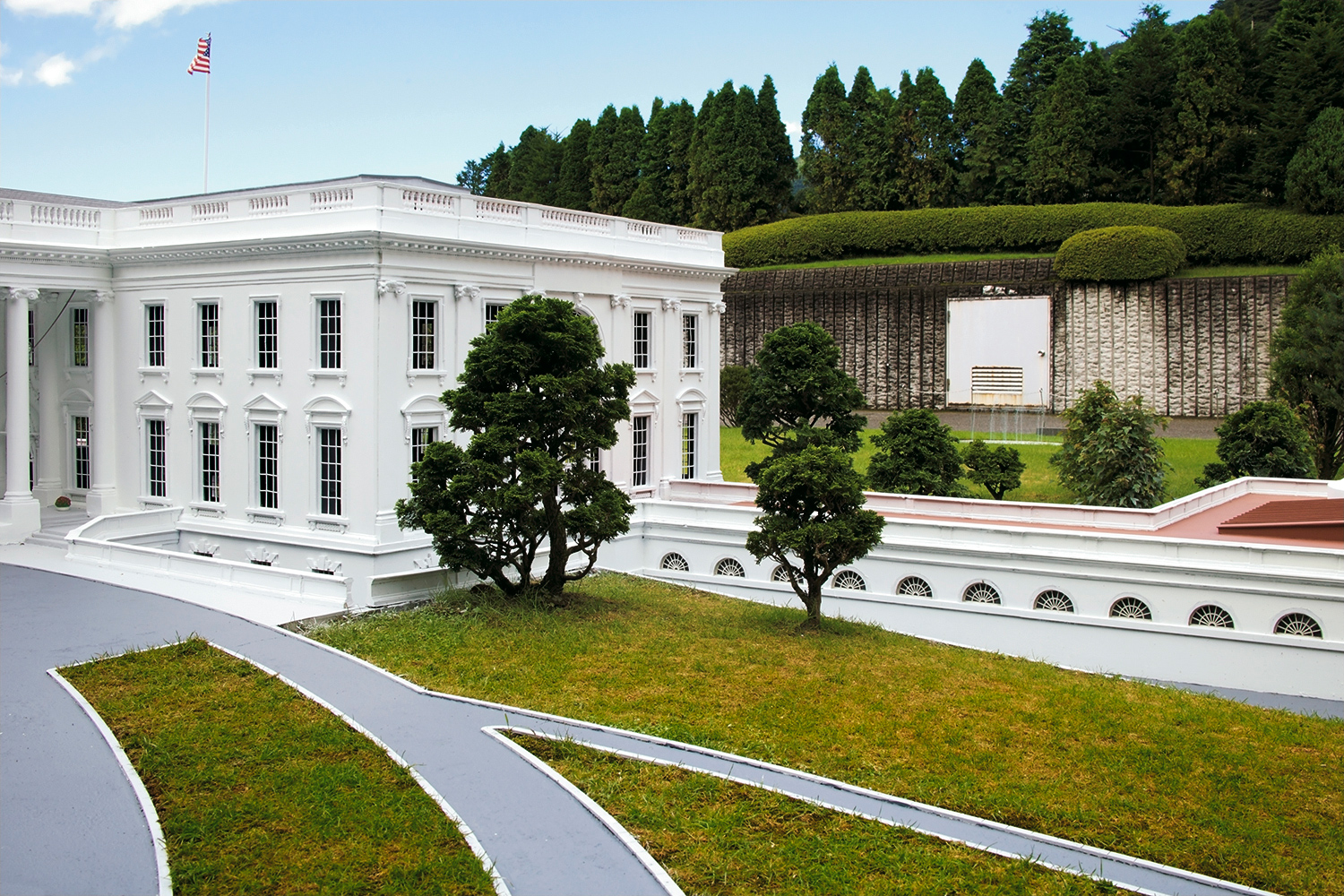

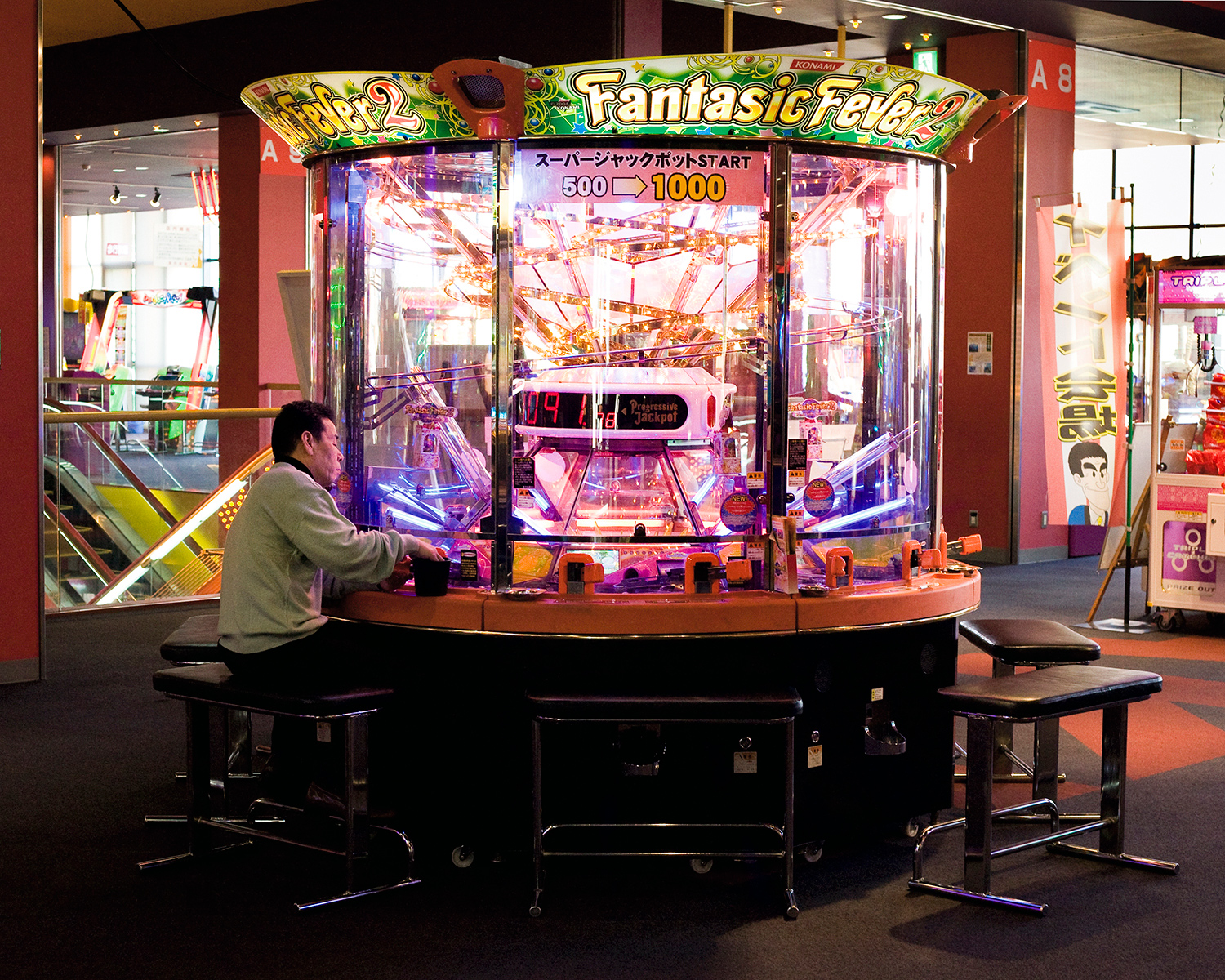
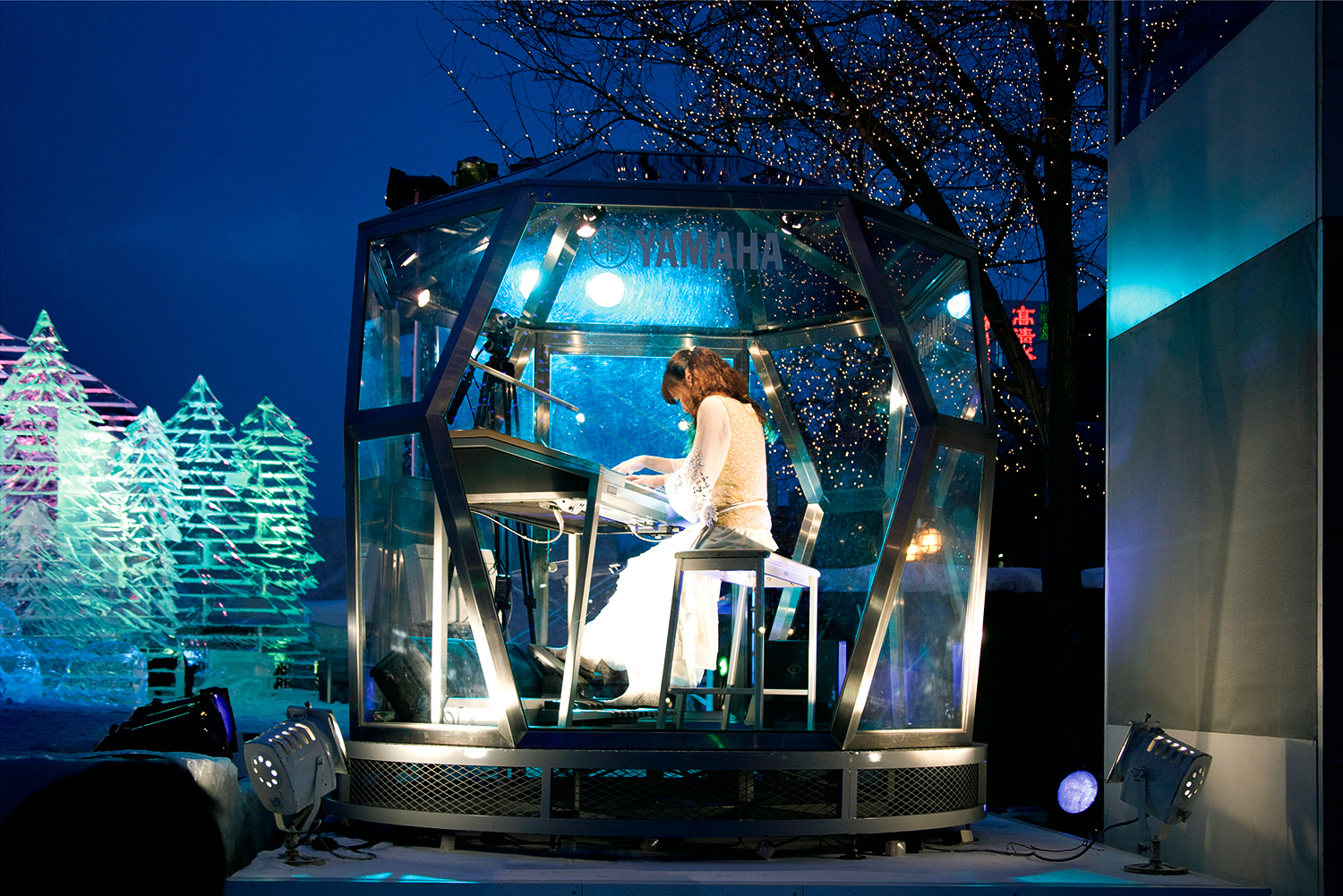
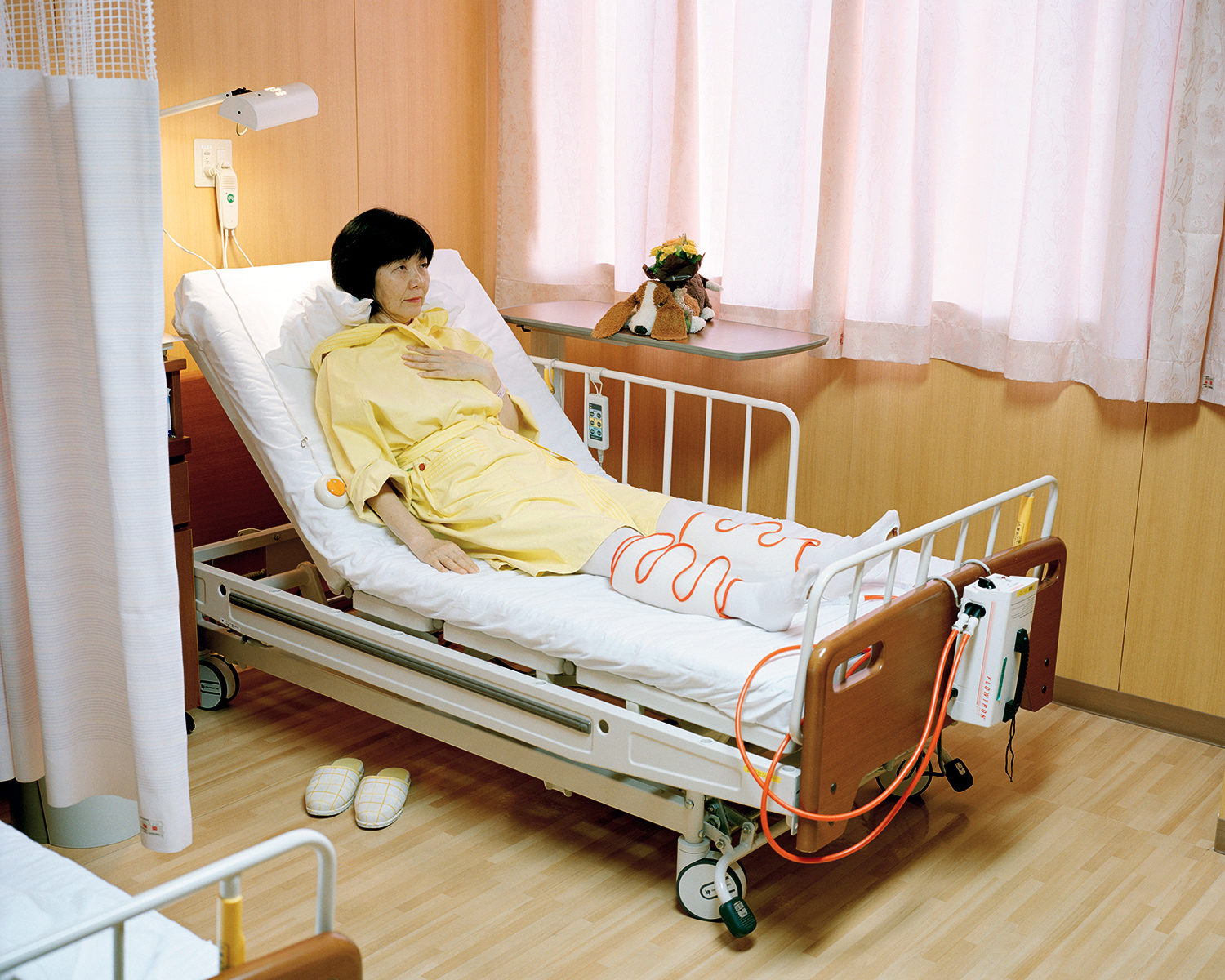
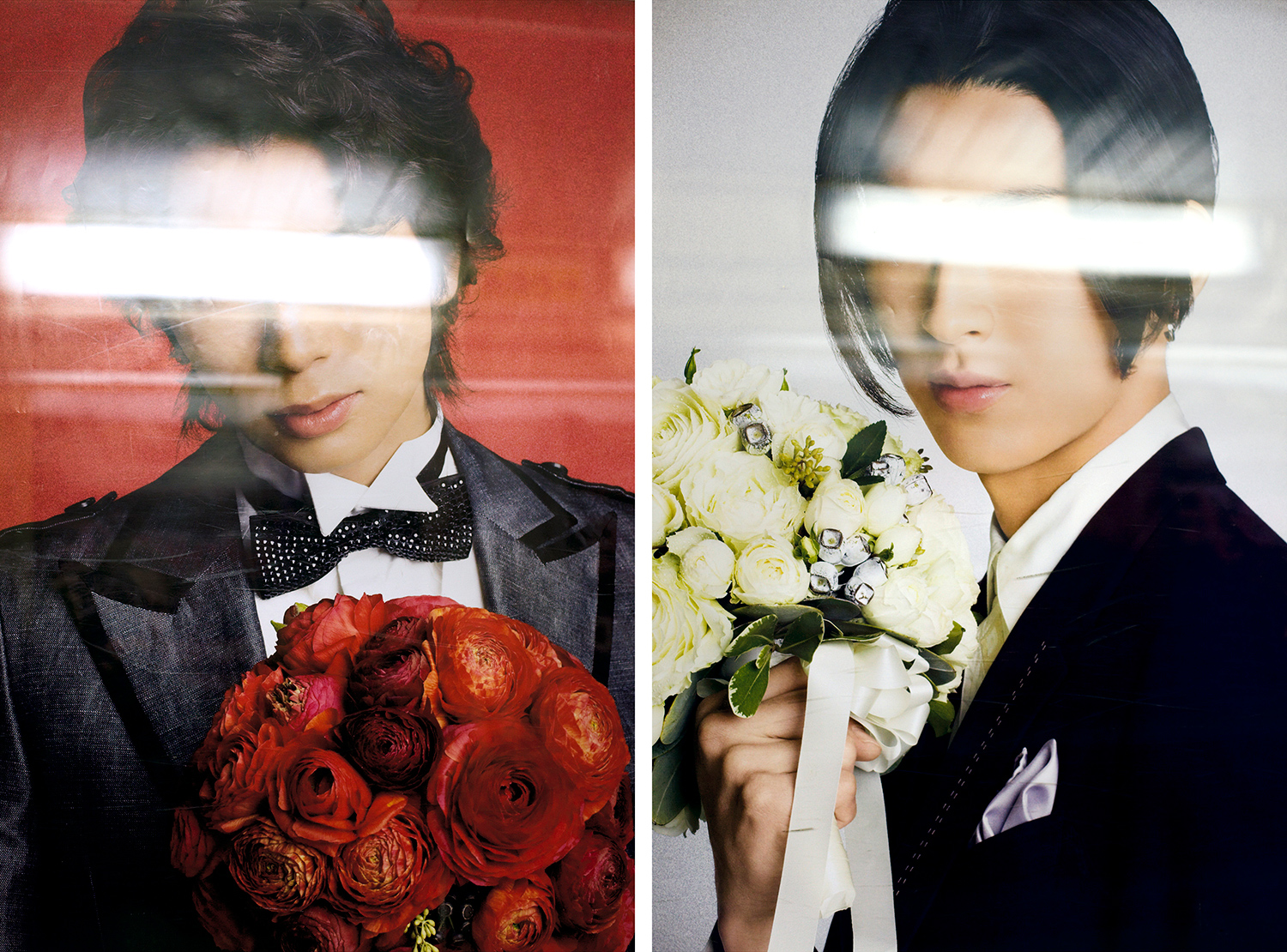
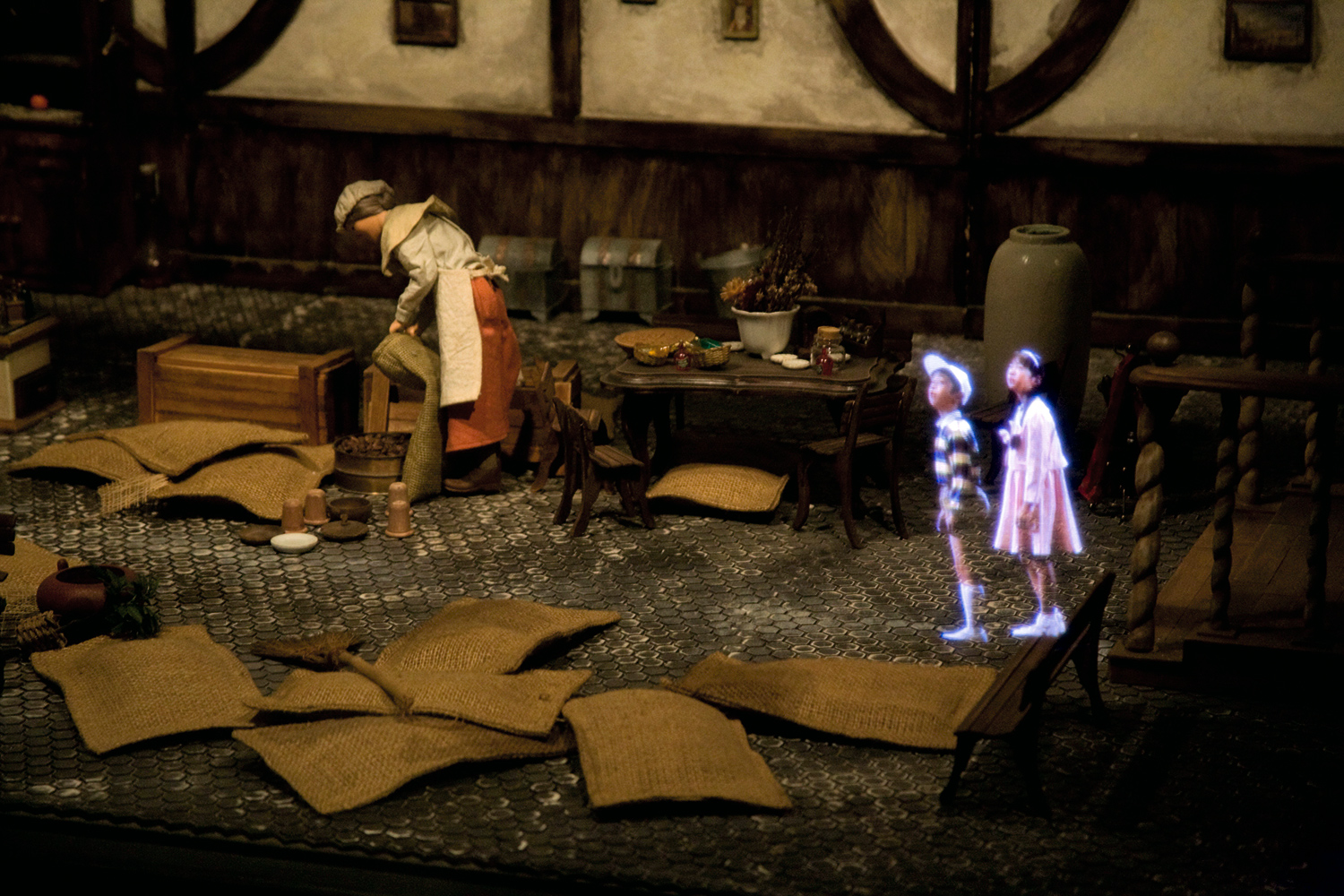
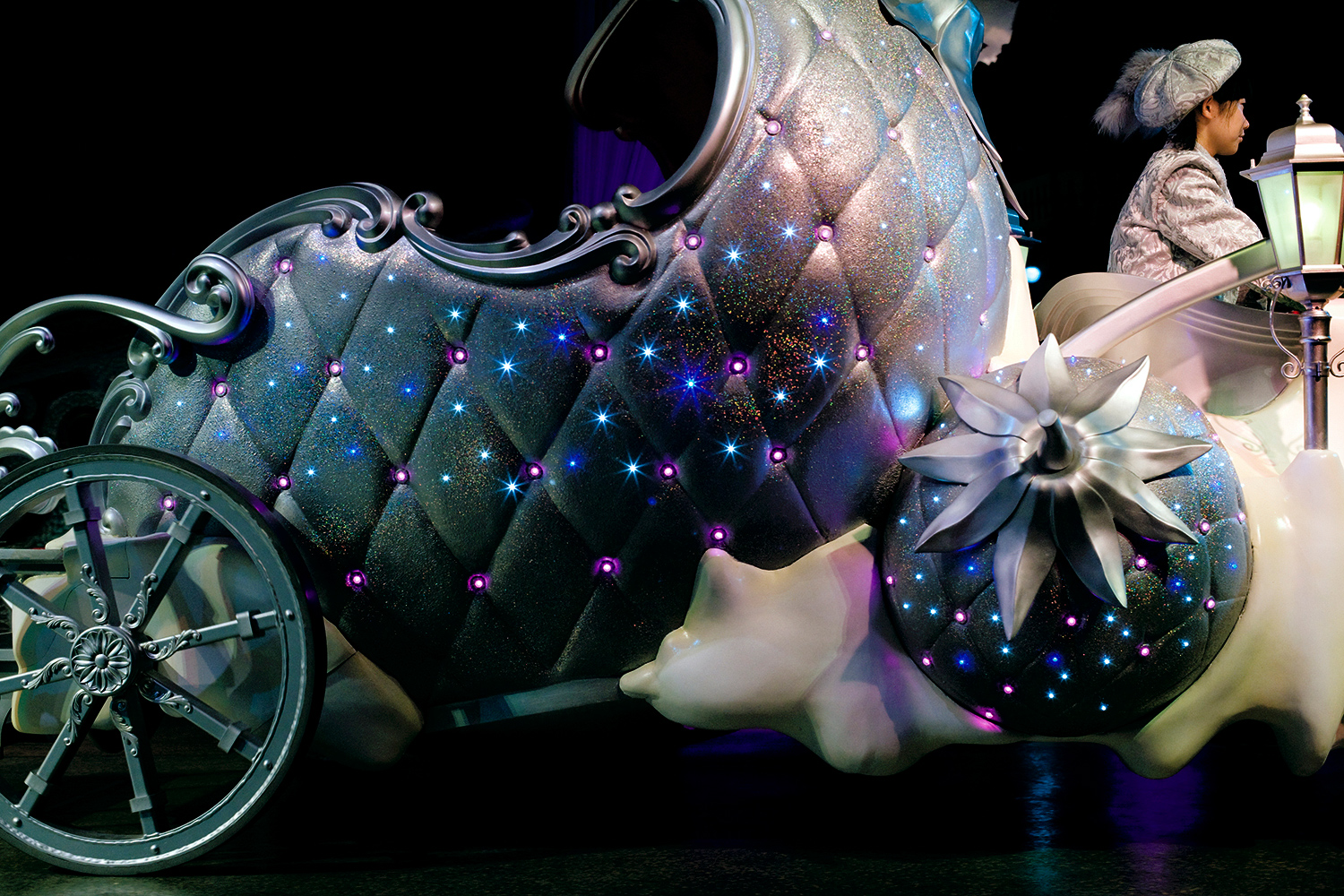
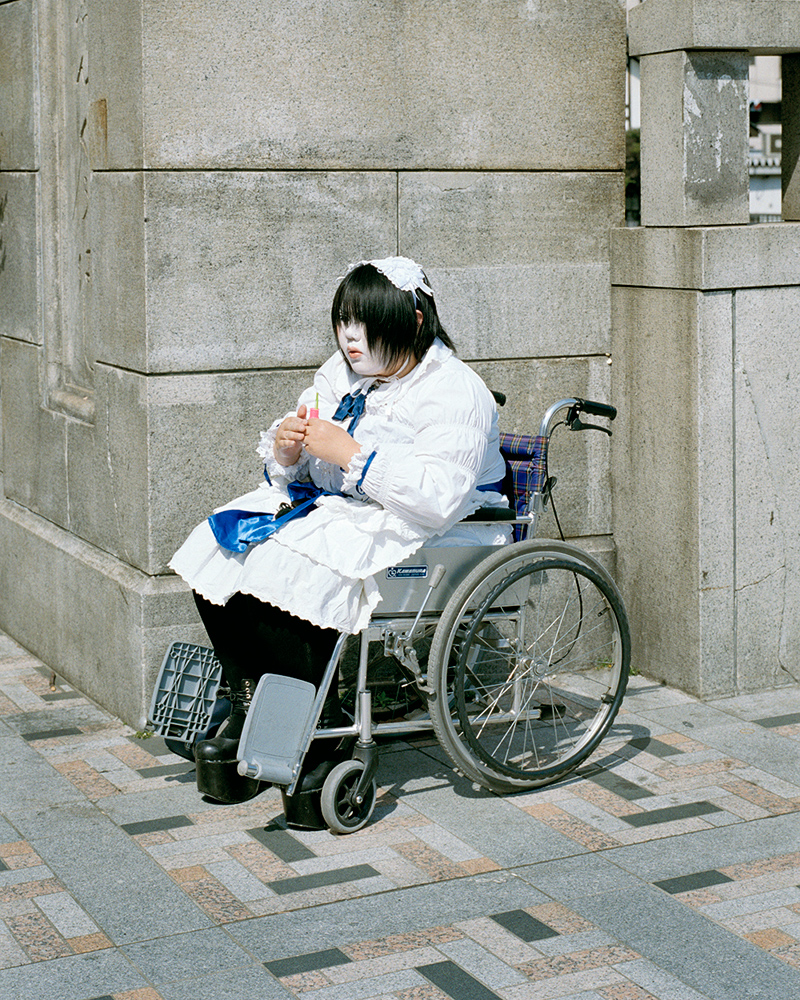
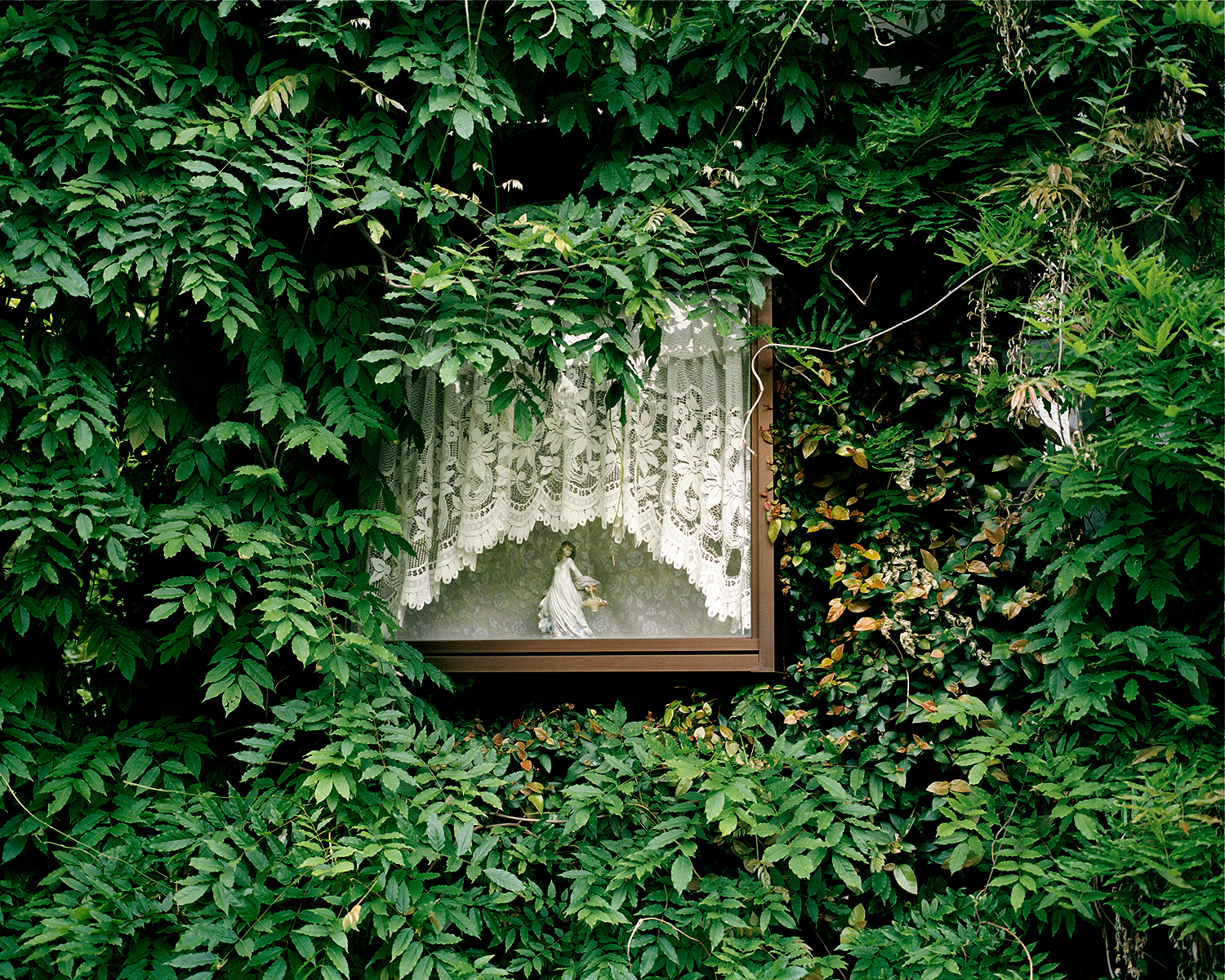
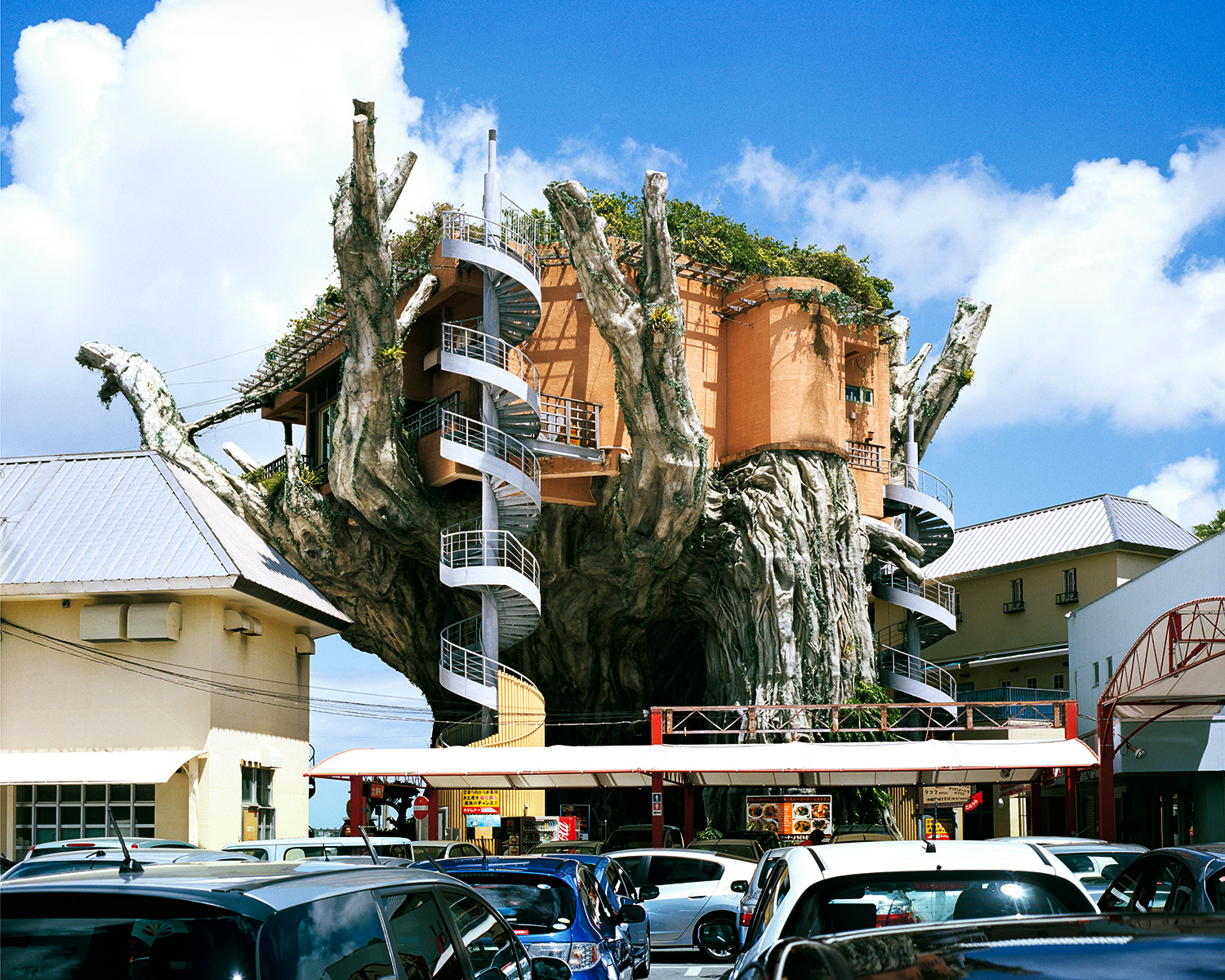
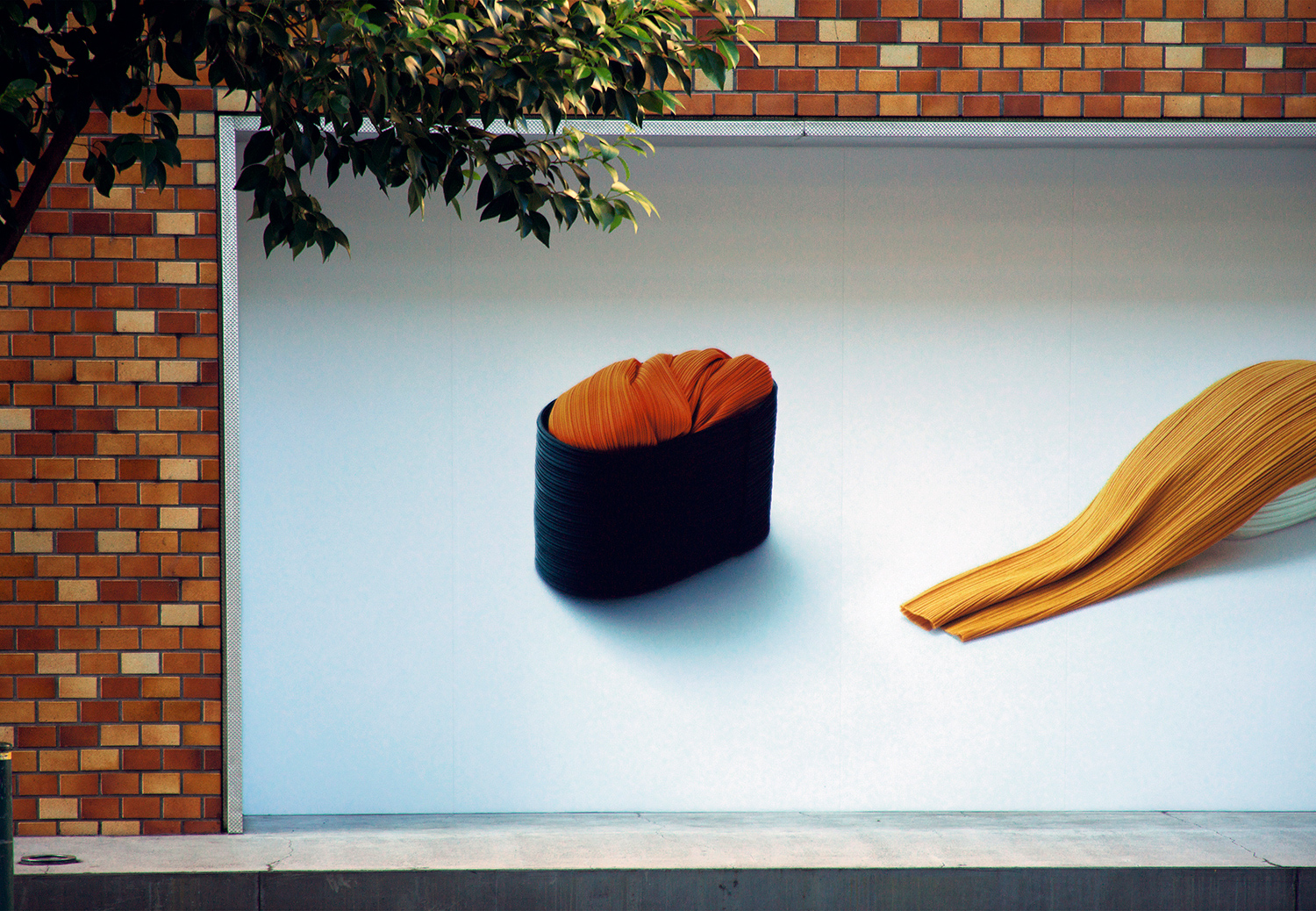
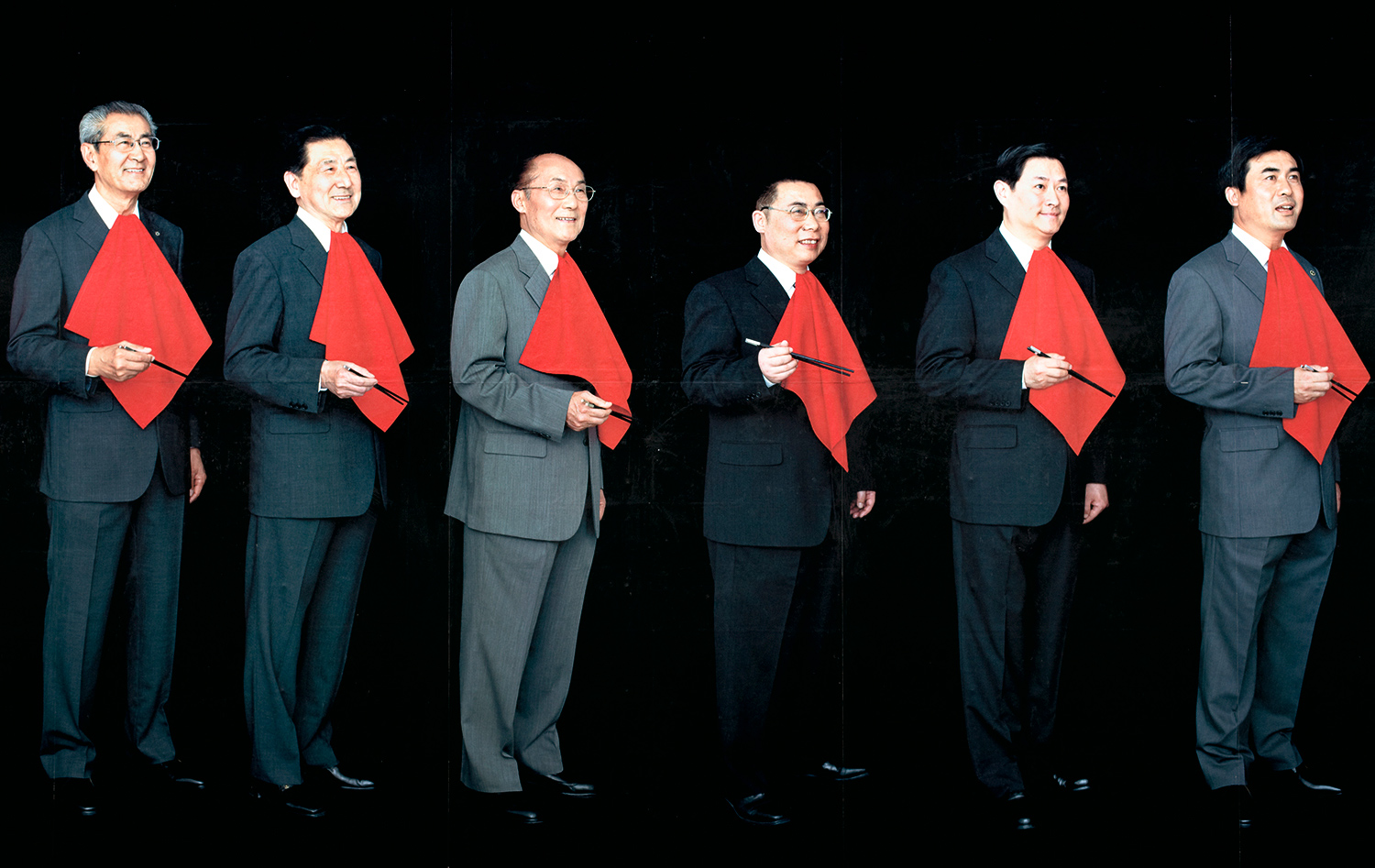
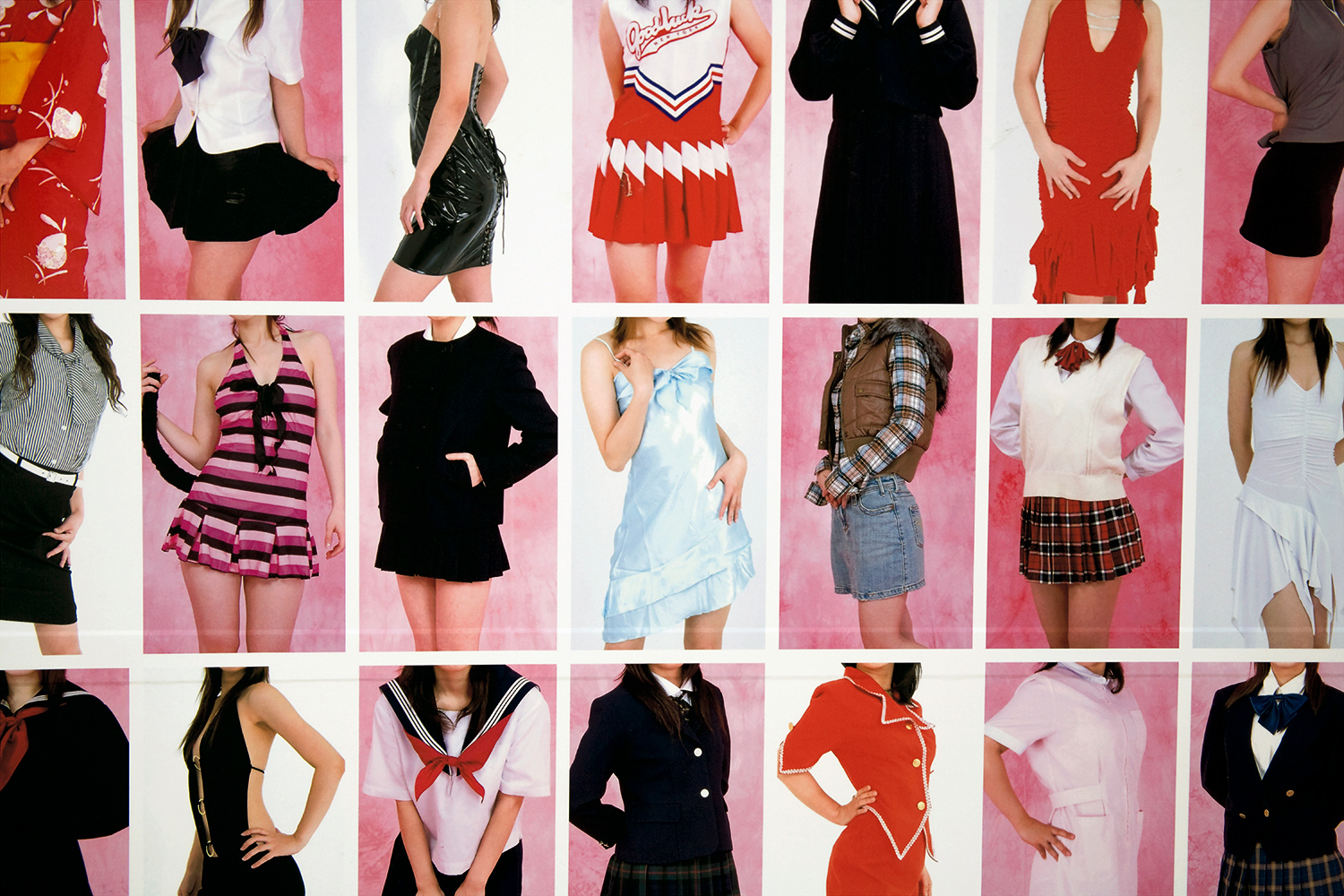
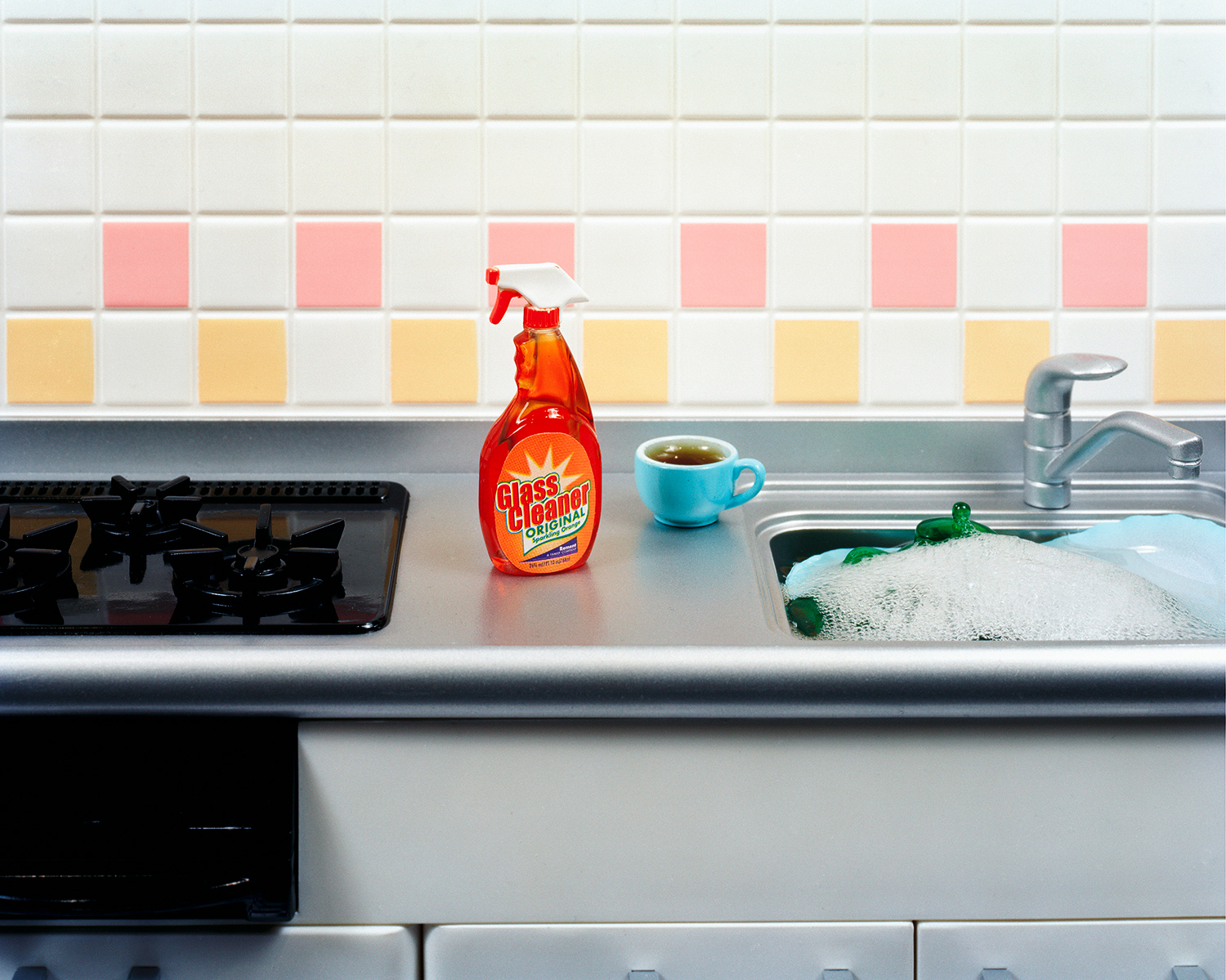
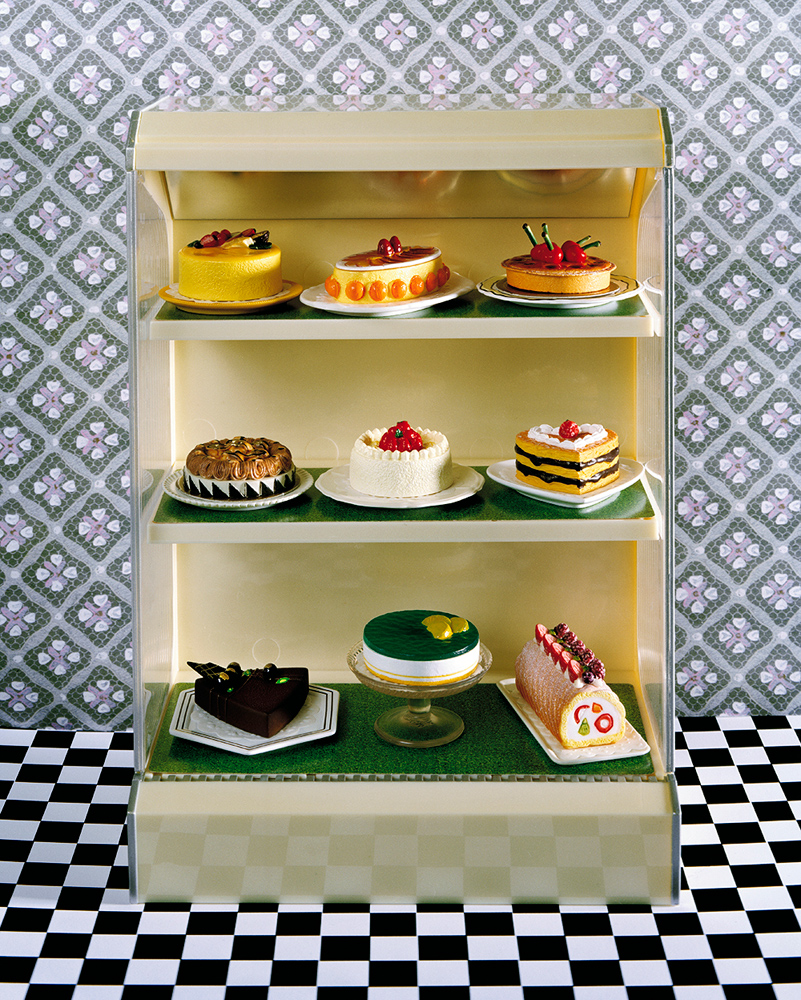
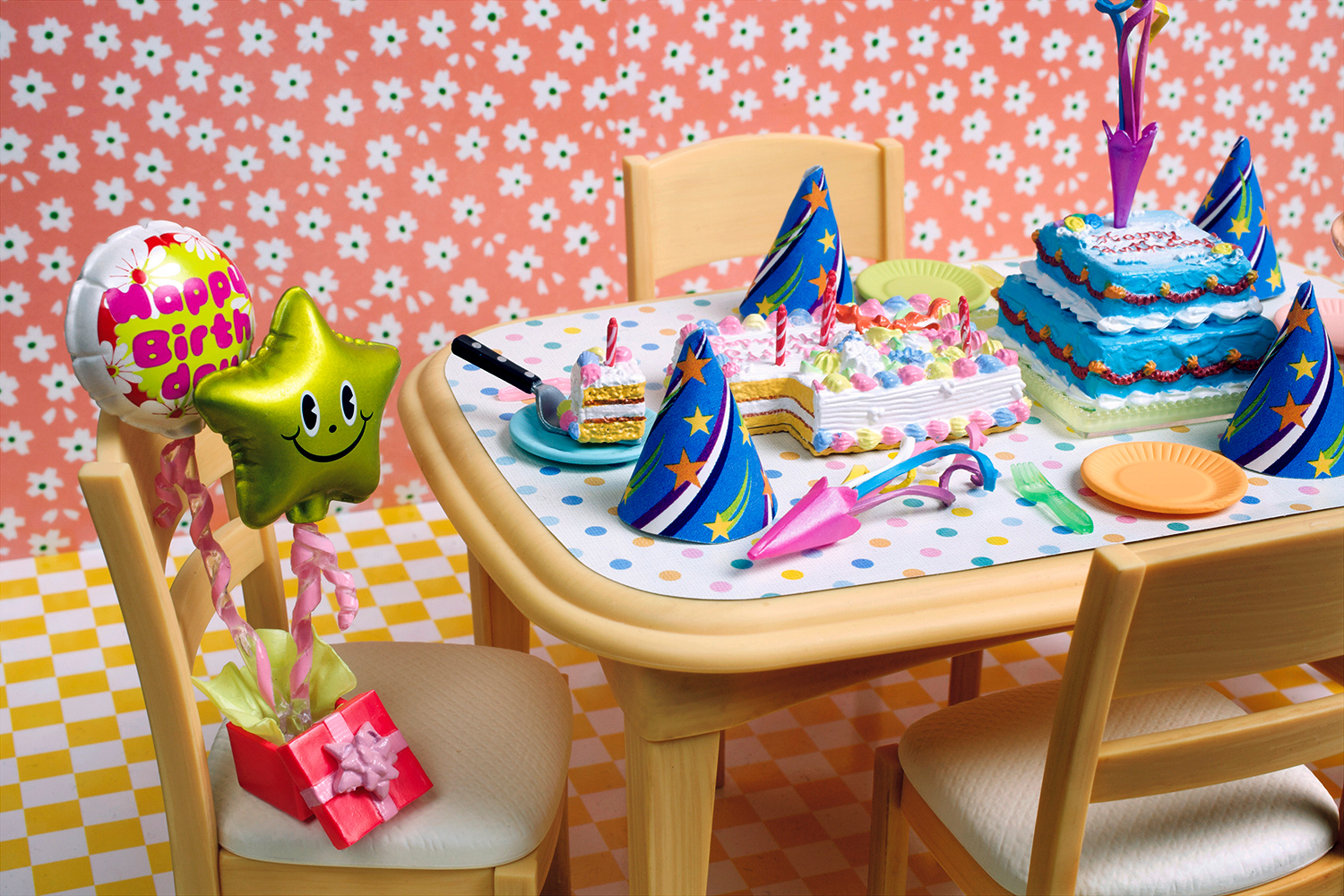
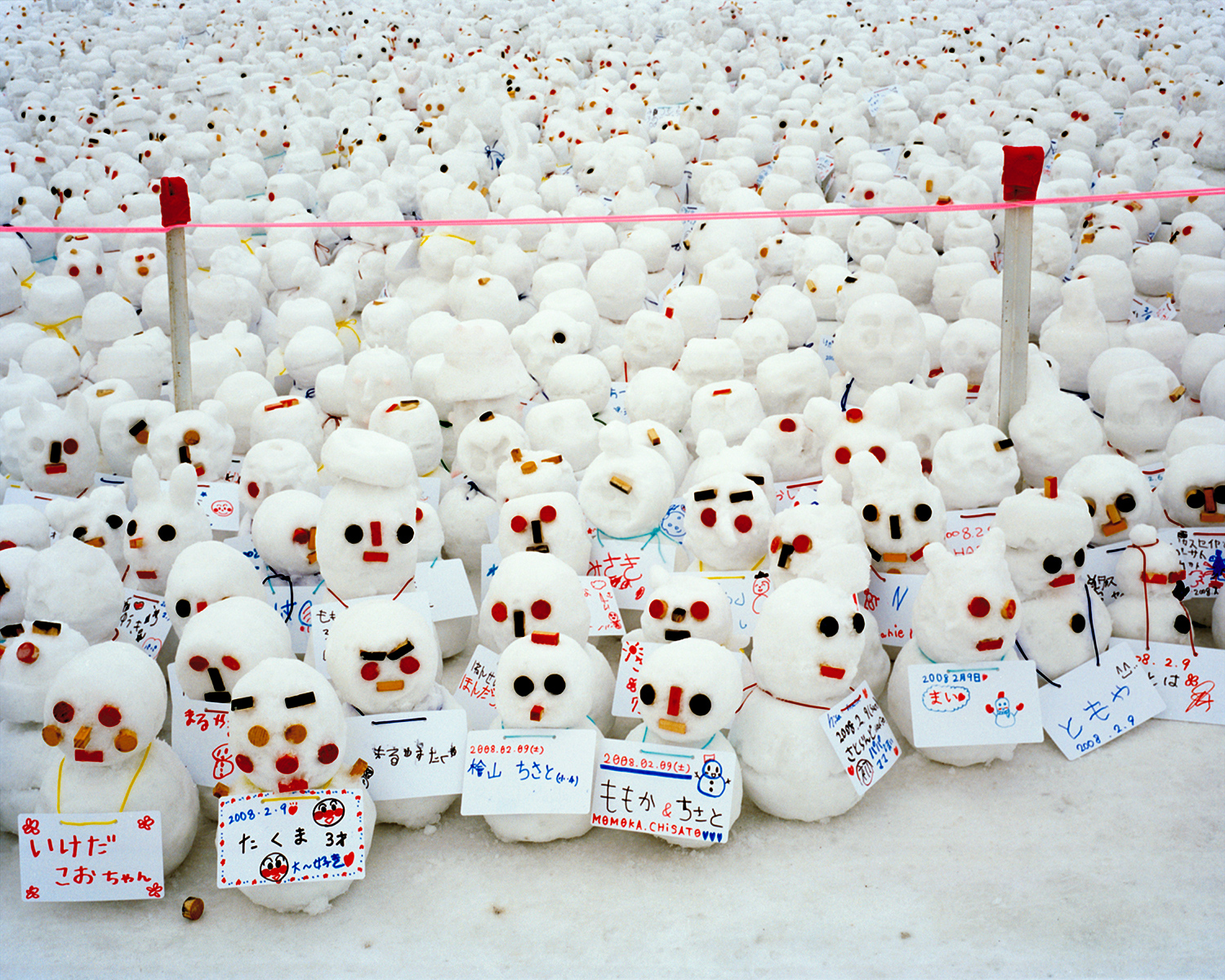
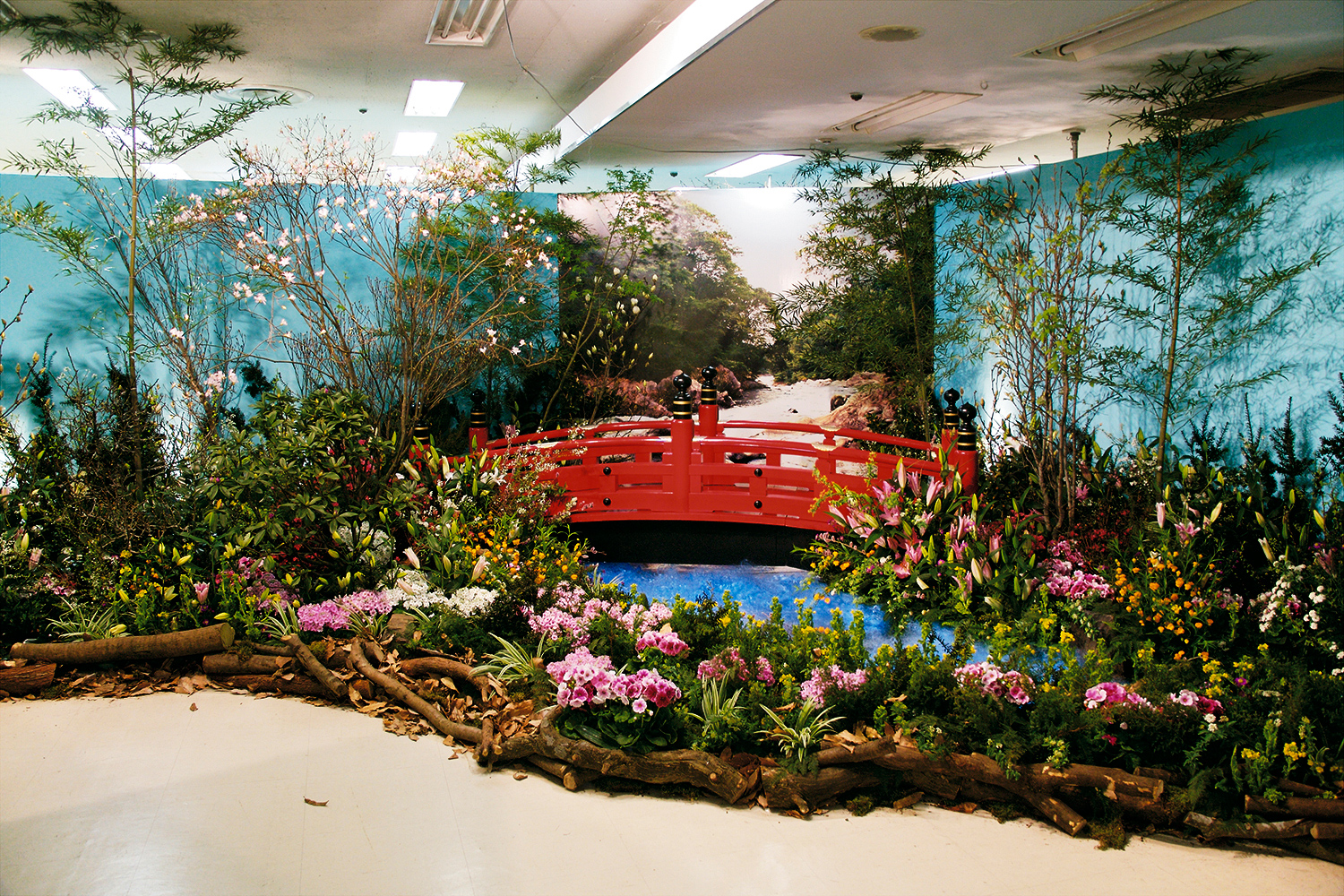
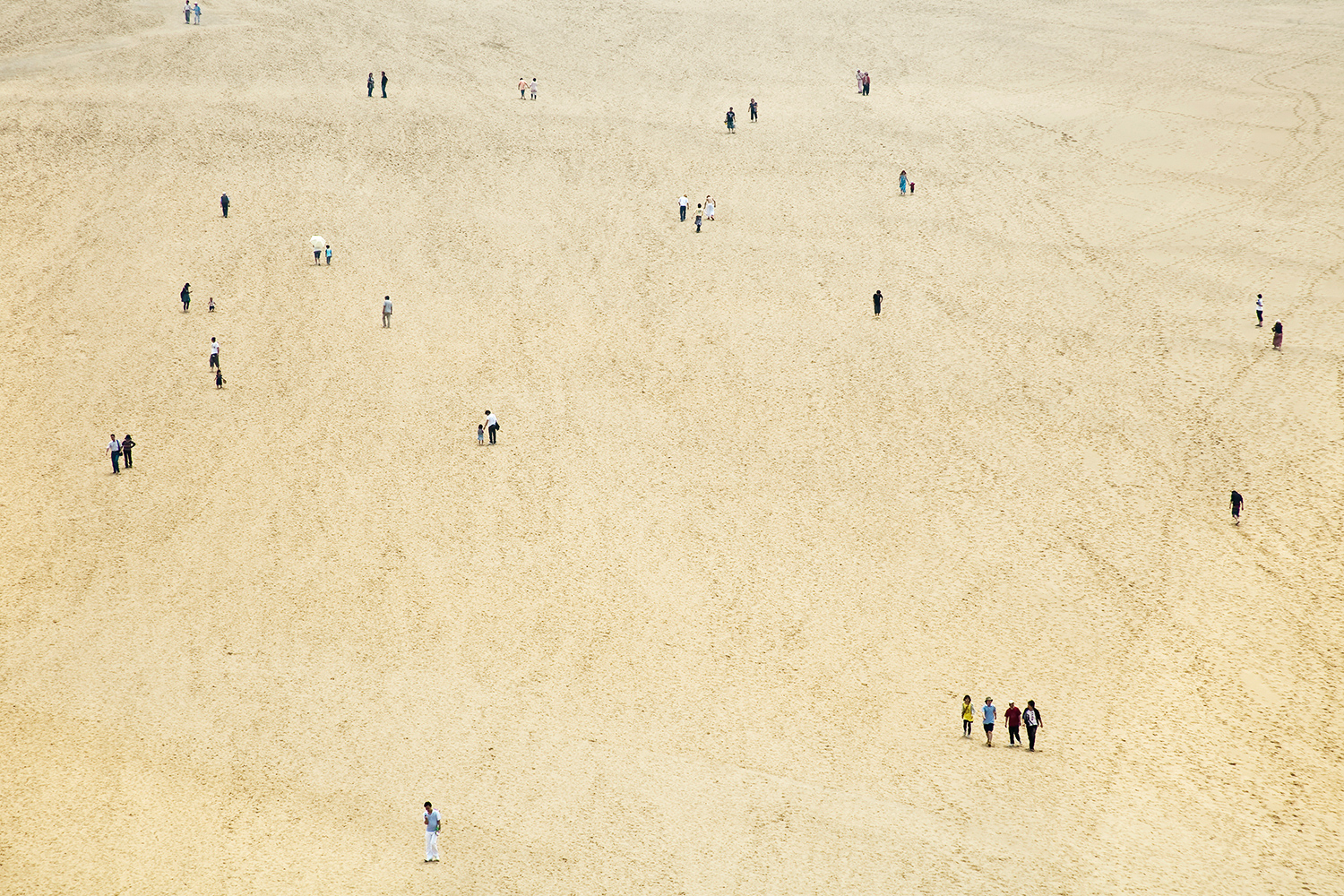
More Must-Reads from TIME
- Donald Trump Is TIME's 2024 Person of the Year
- TIME’s Top 10 Photos of 2024
- Why Gen Z Is Drinking Less
- The Best Movies About Cooking
- Why Is Anxiety Worse at Night?
- A Head-to-Toe Guide to Treating Dry Skin
- Why Street Cats Are Taking Over Urban Neighborhoods
- Column: Jimmy Carter’s Global Legacy Was Moral Clarity
Write to Lily Rothman at lily.rothman@time.com